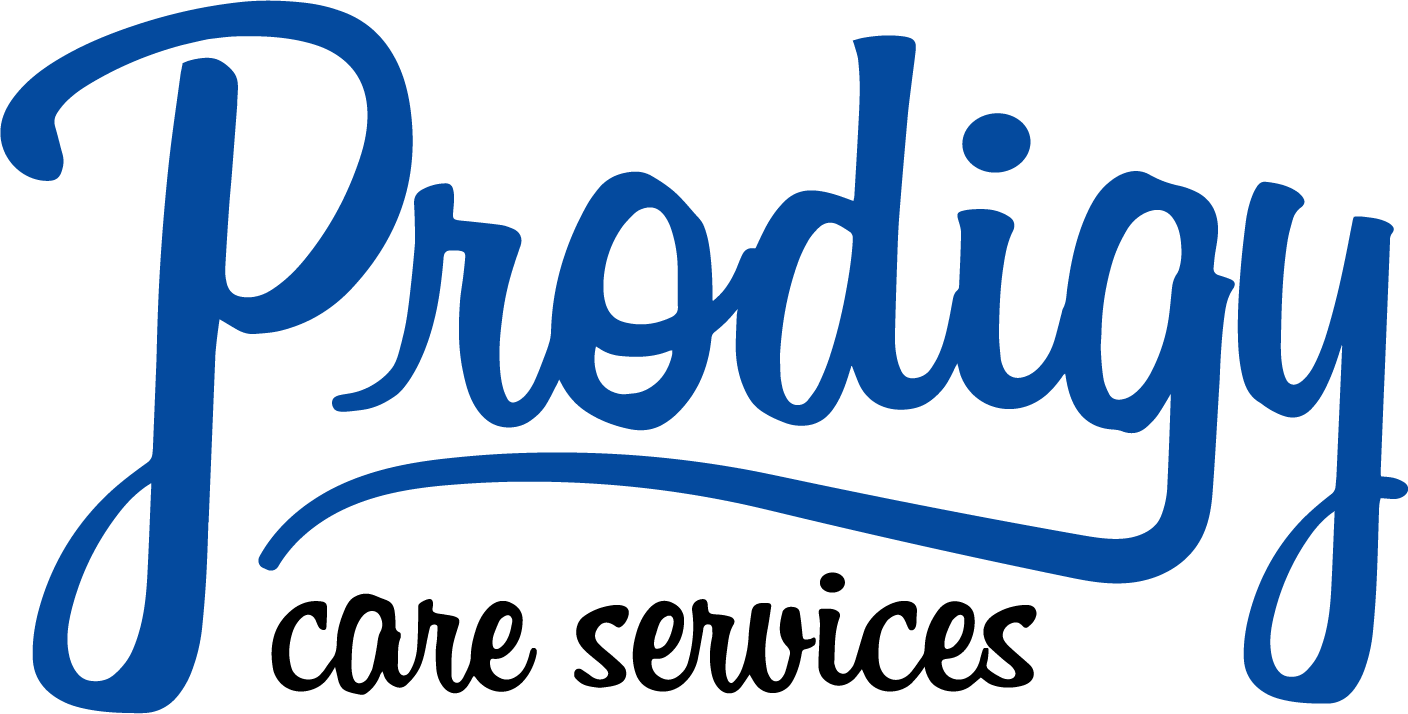Let’s Revisit the Benefits of Cost-Plus PBM Pricing
One of the interesting and complex decisions for self-funded payers is weather to choose a Cost-Plus vs. Traditional pricing model for their pharmacy program. In the convoluted world of PBMs and their gamesmanship, some payers are leery of changing from the pricing model they already understand.
The cost plus model evolved out of the desire of payers to demystify the convoluted PBM billing/pricing practices to achieve better cost management and, more importantly, transparency. Cost-plus pricing offers a range of benefits to various stakeholders, some of which are listed below:
Transparency and control over PBM cost vs. true drug costs. Cost-plus pricing provides a clear breakdown of medication costs, allowing payers to see the actual expenses incurred by the pharmacy. This transparency empowers payers to negotiate better prices with pharmacies and manufacturers for drugs and assess the impact of manufacturer rebates on true net cost. Understanding true pharmacy cost ensures fair reimbursement to pharmacies and prevents overcharging by PBM-owned mail order and specialty pharmacies.
Access to Lower Medication Costs. With cost-plus pricing, payers can access lower medication costs by aligning reimbursements with actual acquisition costs. This approach incentivizes pharmacies to negotiate competitive prices from manufacturers, leading to reduced drug prices overall. It also forces PBMs to pass through deeper savings from preferred pharmacies and discounts from preferred/limited networks in the PBMs pharmacy networks.
Enhanced Formulary and Utilization Management. Cost-plus pricing allows for a more precise formulary management process. Understanding the true net cost of the drug will give payers a clear insight into formulary preference of drugs. Cost plus allows payers to accurately assess the costs of different medications so they cab make informed decisions about which drugs to include on their formulary. This transparency will also help patients and their doctors understand why some drugs are preferred over others. It promotes the use of cost-effective medications, ensures coverage for necessary treatments, and avoids unnecessary expenses on less effective or overpriced drugs.
Alignment Between Payer, Pharmacy and PBM Collaboration. The transparency of cost-plus pricing can be a great tool to promote mutual understanding and alignment between key stakeholders. By providing visibility into the actual costs, payers can work closely with pharmacies to streamline reimbursement, optimize medication supply chains, and implement collaborative cost-saving strategies. This alignment fosters trust promotes partnership which enhances efficiency, reduces waste, and ultimately improves patient care.
Conclusion:
Cost-plus PBM pricing offers a host of benefits to the PBM ecosystem, including transparency, cost control, improved access to affordable medications, and enhanced formulary and utilization management. By adopting this pricing model, payers can optimize healthcare budgets, ensure fair reimbursement, and provide patients with cost-effective medications. Ultimately, cost-plus PBM pricing promotes alignment between key stakeholders which contributes to a more sustainable and patient-centric pharmaceutical care system.
What are your thoughts on a cost-plus pricing model? Let us know your thoughts. connect@prodigyrx.com
Written by the Prodigy Team

